Speed and Collision Safety
Ride Another DayBe Ready
Plan Ahead
Stay Alert
Slow Zone
Slow Zone banners and signs mark an area or areas of the ski hill where trails converge, base areas and where skiing fast poses a risk of injury or collision. Green runs are also generally considered to be slow zones. Please approach these areas slowly and with extreme caution. Not only is there higher traffic volumes in these areas, but they are often frequented by young children, beginners and seniors. Jumps and hits are not allowed in Slow Zones.
One of the biggest users of Green runs and Slow Zones are children. Children don’t have a high awareness of what other people are doing and are easily distracted. They might be on one side of the run and quickly without warning veer over and cross the run without checking to see if anyone is coming. Kids and adults that are learning to ski also tend to fall on terrain transitions (knolls) and can be trying to recover from a crash in an area that can’t be seen from above.
Failure to ski slowly and in control in the slow zones may result in lift privileges being revoked.
